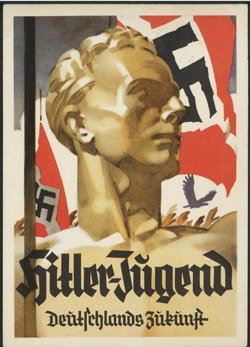Ben Hersh, at Backchannel, discusses the ability of different fonts to make cultural and political statements.
The US is not so different from the rest of the world when it comes to tribalism and conflicted identity. This has crystalized in last few months, and we’ve seen typography play a substantial role.
Hillary Clinton ran for president with a slick logo befitting a Fortune 100 company. It had detractors, but I think we’ll remember it fondly as a symbol of what could have been — clarity, professionalism, and restraint.
Donald Trump countered with a garish baseball cap that looked like it had been designed in a Google Doc by the man himself. This proved to be an effective way of selling Trump’s unique brand.
I’m not interested in whether Clinton or Trump had good logos. I’m interested in the different values they reveal. Clinton’s typography embodies the spirit of modernism and enlightenment values. It was designed to appeal to smart, progressive people who like visual puns. They appreciate the serendipity of an arrow that completes a lettermark while also symbolizing progress. In other words, coastal elites who like “design.â€
Trump’s typography speaks with a more primal, and seemingly earnest voice. “Make America Great Again†symbolizes “Make America Great Again.†It tells everyone what team you’re on, and what you believe in. Period. It speaks to a distrust of “clean†corporate aesthetics and snobs who think they’re better than Times New Roman on a baseball cap. Its mere existence is a political statement.
The two typographies are mutually intelligible at first glance, but a lot gets lost in translation. We live in a divided country, split on typographic lines as cleanly as the Serbs and the Croats.






Please Leave a Comment!